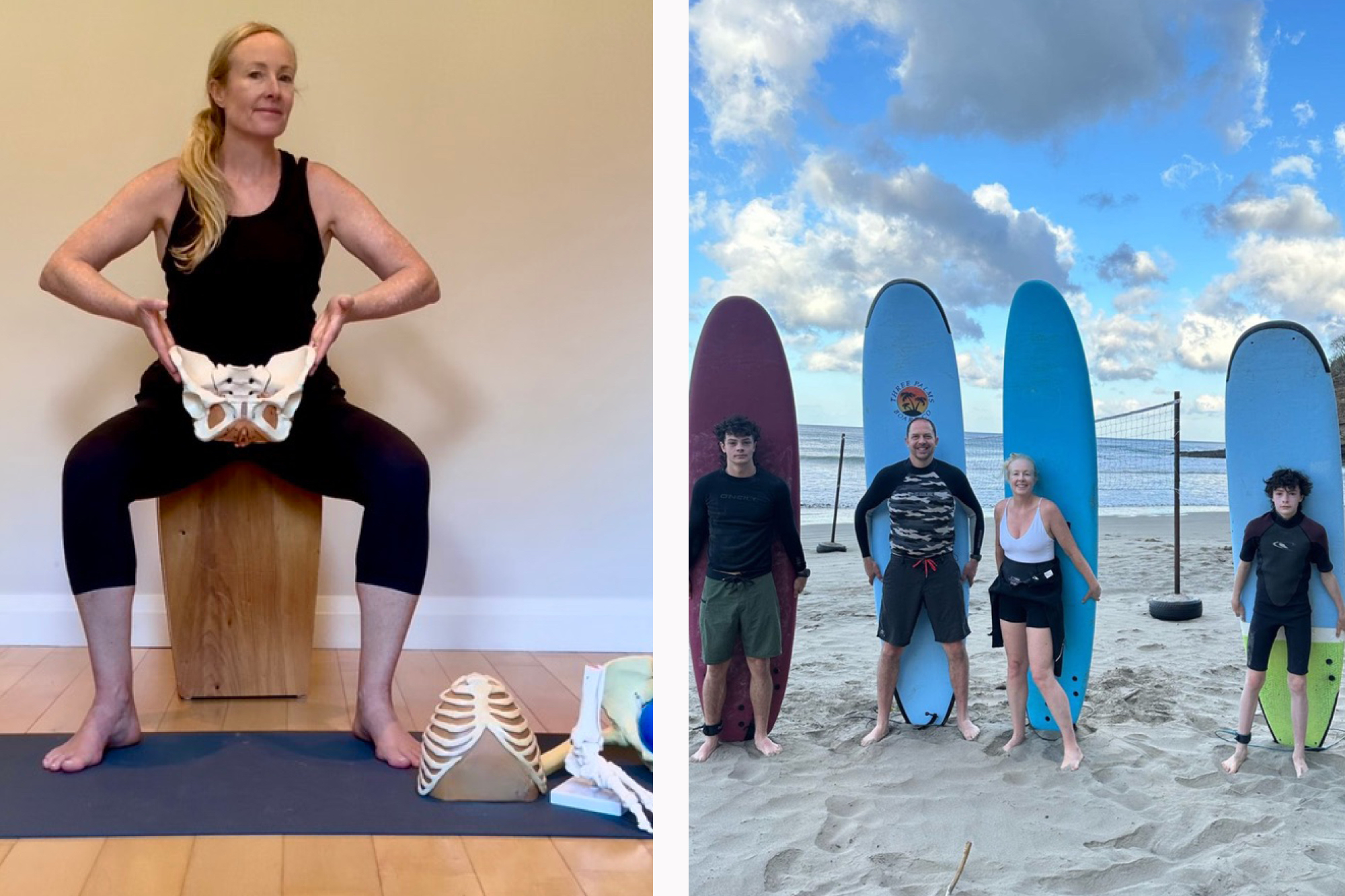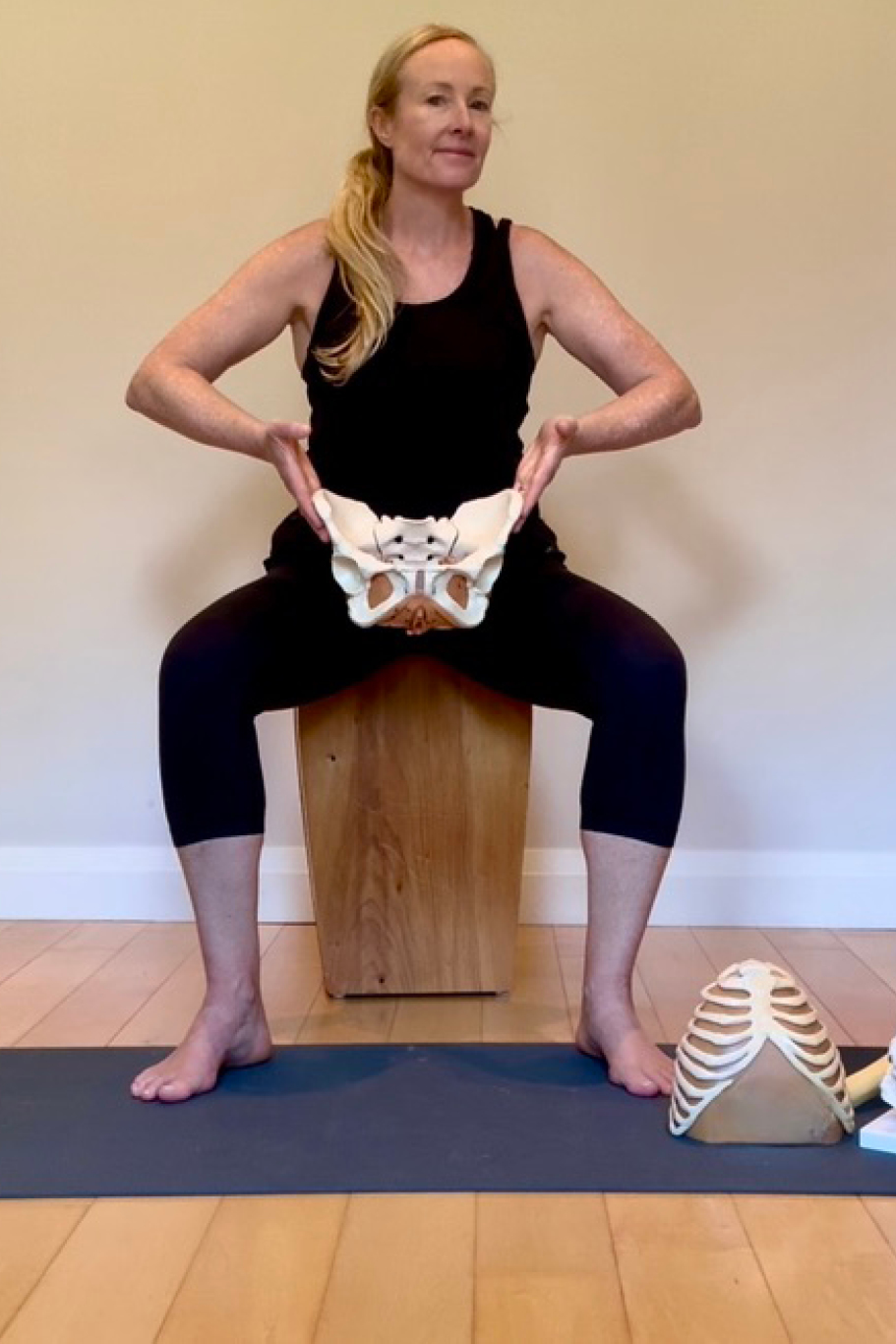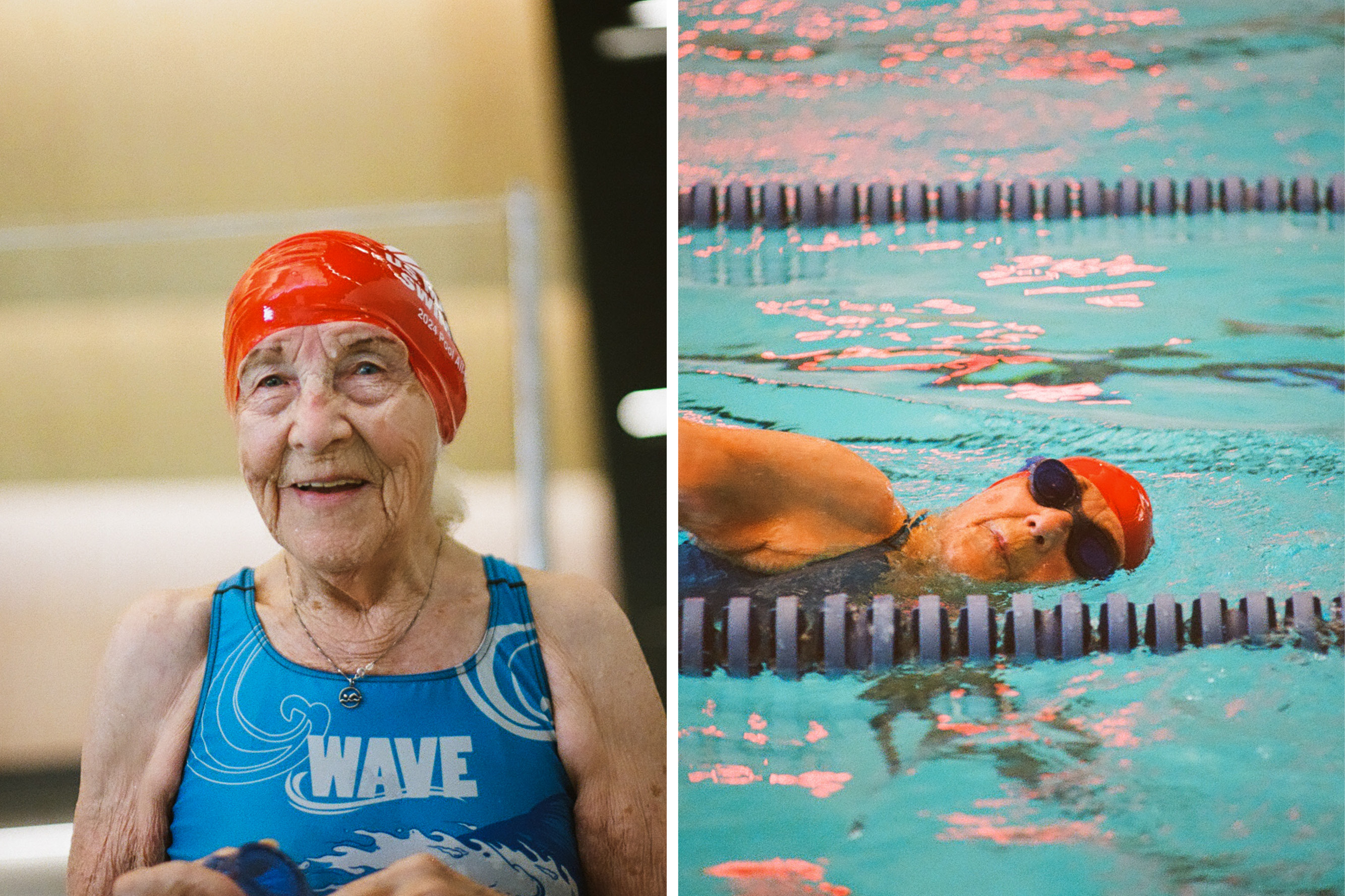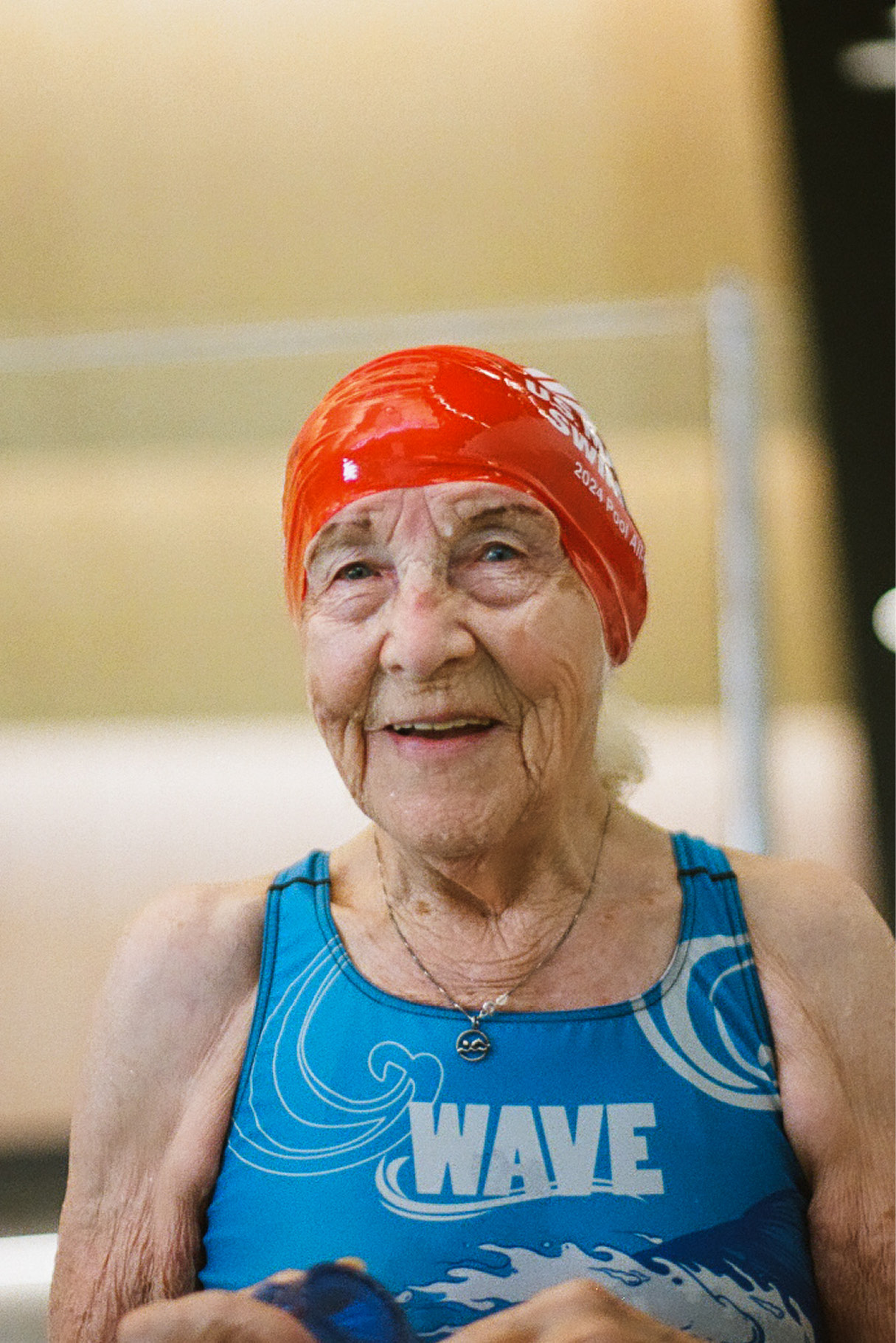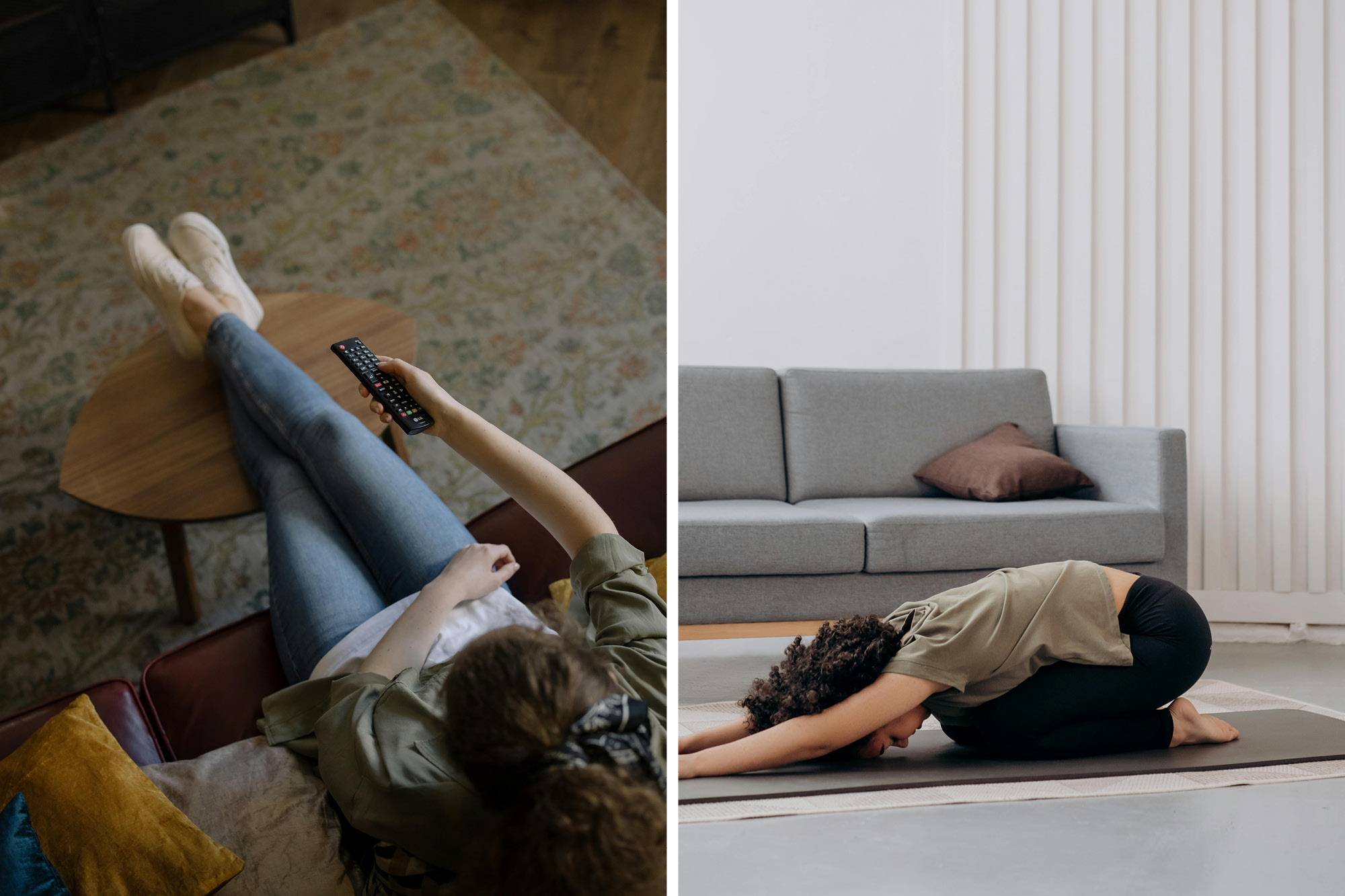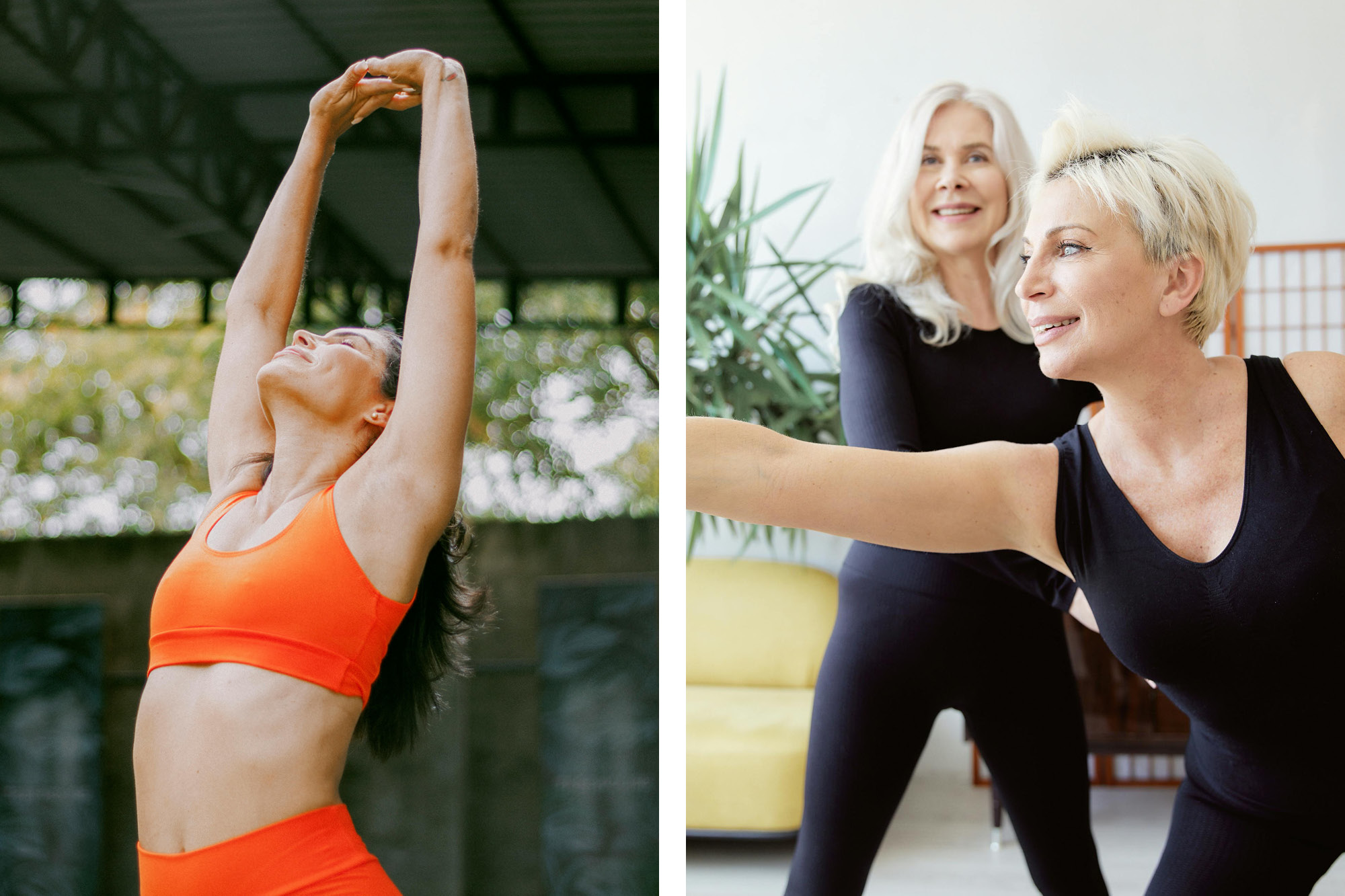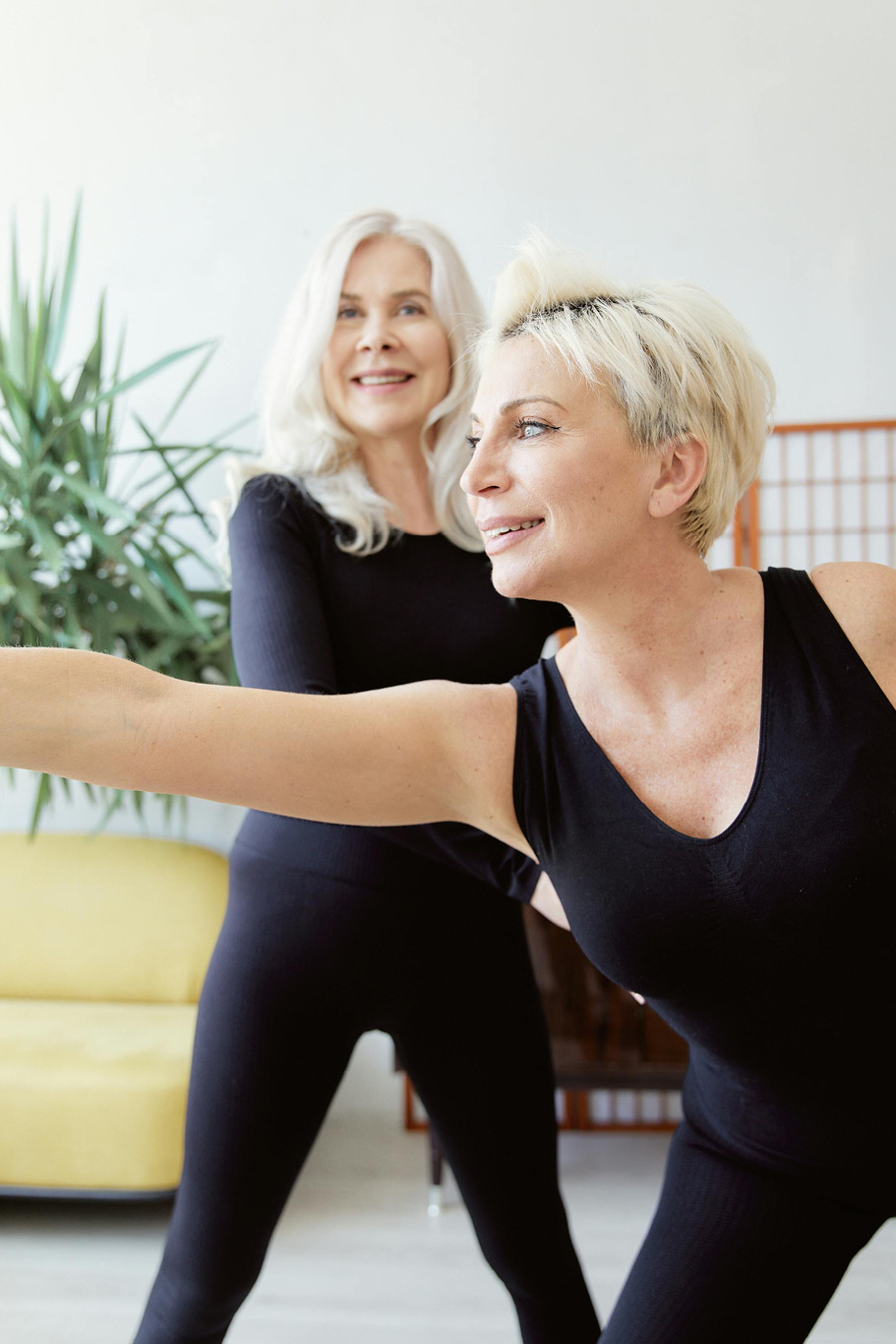Have you ever been told that pain is just something you need to accept as you get older? Or that stiff joints and balance issues are “just part of aging”? Michelle Edmison, a seasoned physiotherapist with over 25 years of experience, wants you to know that’s not the full story. Your body is still full of untapped potential, no matter your age. Michelle’s mission is to share with you high-quality techniques and information that will help you feel better in your body now, and for the long run.
As Michelle puts it, “We don’t get to choose whether our body changes. We only get to choose how it adapts.”
Let’s explore the real building blocks of feeling good in your body. No gimmicks, no gym memberships—just simple, powerful practices you can start today!
“We don’t get to choose whether our body changes. We only get to choose how it adapts.”
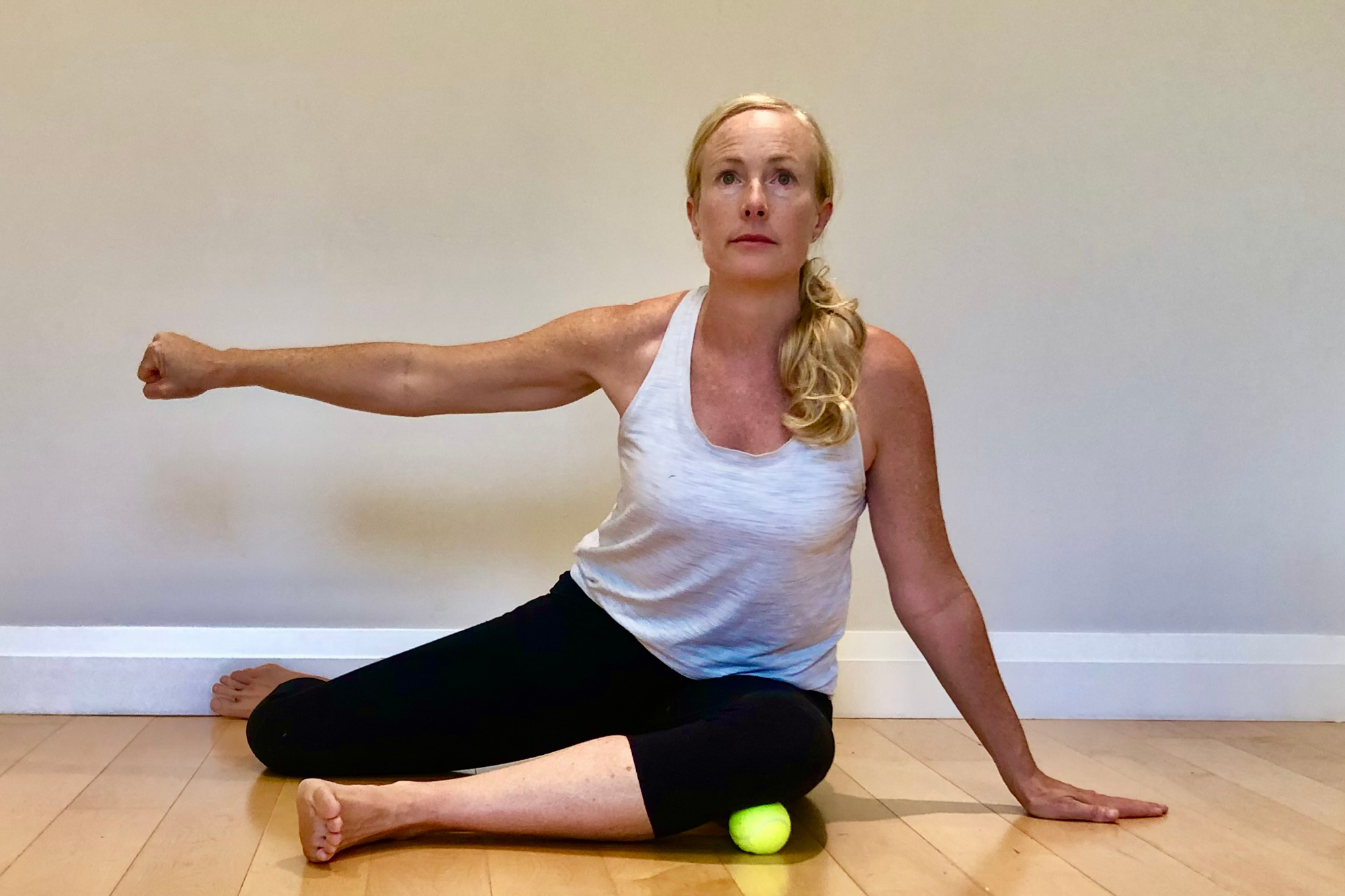
The Body Can Always Change (Yes, Even Now)
“Every single cell in your body is capable of change, right up to the day you die!” Michelle explains. It’s not just wishful thinking—it’s science. Through something called neuroplasticity and bioplasticity, your brain and body adapt based on how you move. That means the way you walk, sit, or breathe is constantly shaping how you feel.
The challenge? If we move poorly or not enough, the body adapts to that, too. But that’s where small, consistent changes come in.
Get in the CAR! Daily Movement for Lifelong Mobility
One of Michelle’s top recommendations is a short daily practice called CARS (Controlled Articular Rotations). Think of it like brushing your teeth—but for your joints. This gentle routine keeps your joints moving well, helps prevent stiffness, and gives you a chance to notice areas that might need care before they become painful. Michelle offers a free CARS routine you can try at home!
✨ Her advice? “Your CARS routine is your minimum dose of daily movement to maintain joint health. Even five minutes a day can make a massive difference.”
Rib Cages, Not Just for Breathing
You may not think much about your rib cage, but Michelle calls it “the holy grail of the body.” Why? Because it influences how you breathe, move, and even how steady you feel on your feet.
The surprising part? While very few people report actual rib cage pain, Michelle finds it’s often the hidden culprit behind many common aches—especially in the neck, back, and shoulders. Over time, the rib cage can get “twisted” or “hiked” in certain areas, often without you realizing it.
Here’s what makes it so important:
- It’s made up of over 200 joints, all meant to move!
- It directly affects your breathing, balance, and posture.
- It plays a key role in core strength and pelvic floor support.
- When stiff or stuck, it can contribute to pain in other areas—even if the rib cage itself feels fine.
Michelle’s tip: Try her gentle Spine & Torso CAR—a seated movement you can do in just a few minutes! It brings awareness, mobility, and calm all in one go.
Don’t Forget Your Feet—They’re Your Foundation
We often overlook our feet until they hurt. But Michelle insists that strong, mobile feet are the secret to better balance, posture, and even pelvic health: Your foot is your foundation. If it’s not working well, everything above it has to compensate.”
Here’s why feet matter:
- After age 40, nerve sensitivity in the feet gradually declines—and by age 80, it can drop by as much as 75%.
- Toe flexor strength—not core or hip strength—is the number one predictor of falls in women over 65.
- This reduced sensitivity affects our balance and stability.
- Our shoes have done our feet a disservice, weakening them over time.
🧠 The good news? Michelle says our feet respond quickly when we start paying attention. Your feet can relearn. Rolling a ball under your foot for two minutes while brushing your teeth is one of her favorite daily rituals for stimulating nerves, improving circulation, and waking up your foot’s “brain map.” Want more? Try Michelle’s 7-day foot mobility and strength challenge below!
Rethinking Breathing and Pelvic Floor Health
We often hear about “belly breathing,” but Michelle offers a refreshingly simple reframe. True diaphragmatic breathing isn’t about puffing out your belly—it’s about gently expanding your rib cage, back, and sides. This kind of breath calms the nervous system and supports your pelvic floor, an area many women struggle with silently. Michelle says your pelvic floor is more than just bladder control—it’s your core’s foundation, physically and emotionally.
Why care about your pelvic floor? It impacts:
- Bladder control
- Core stability
- Posture and back health
- Digestion
- Even stress and anxiety levels!
And it’s deeply connected to your feet! Michelle explains that both are part of a body-wide chain of muscles and nerves, so improving foot strength can boost your pelvic floor health. Take a quick 5-minute breathing class with Michelle below!
Final Words of Encouragement
You don’t need to overhaul your life to feel better in your body. Just start somewhere—and stick with it!
Here are a few simple things you can start trying:
- Do a short joint mobility routine each morning
- Roll your feet while brushing your teeth
- Practice slow, expansive breathing
- Go barefoot and stand on a textured surface for a few minutes
- Finally book that long-overdue massage!
As Michelle puts it: “Movement is your fountain of youth. Use it every day—gently, consistently, joyfully.”
Live well and age better with your weekly 10-minute wellness habit. Join Movement Living to get your free wellness newsletter, delivered every Monday.
Michelle Edmison is a physiotherapist with a passion for helping people feel better and have their body last a lifetime. She is a clinical instructor at the University of British Columbia, has had a clinical practice in Vancouver for over 25 years, and has an online education platform where she teaches globally. Michelle believes movement is your most powerful too—but you have to move well. She blends clinical experience, research, and several specializations to help you find the tools you need to optimize your mobility and physical longevity.
